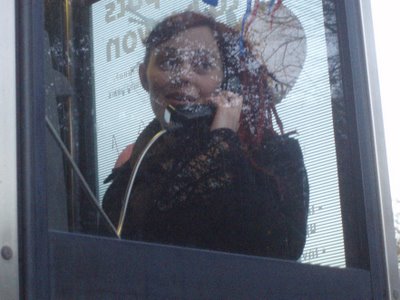
The Gallery Phone is a working informational point; it holds details about the exhibition in audio format, including; opening times; directions to the bar; and the bus timetable, and is used in a similar way to a telephone.
The Gallery Phone is identical to the telephones already existing around the space; it is installed on the external wall at the entrance to the gallery, and is strategically placed next to the informational text about the exhibition and underneath an existing CCTV monitor; to give the impression of being part of the working space.
To access the information inside the phone, the viewer can either listen to the automated voice through the handset or read the written instructions next to the phone; both list the informational options and purpose of each button.
Once the handset is lifted from the phone the automated voice starts playing through the earpiece and a monitor directly above the phone turns on and shows the live view from a web camera installed in the gallery space.
When buttons 1 to 9 are pressed the female automated voice is projected into the gallery space through external speakers positioned next to the web camera.
The aim of the piece is to challenge the way we interact with certain spaces; and by combining everyday objects; such as telephones and web cameras, and everyday situations; such as public instructional announcements, that hold associations with communication and control, it will playfully open a physical dialogue between the audience and the gallery space.

















































